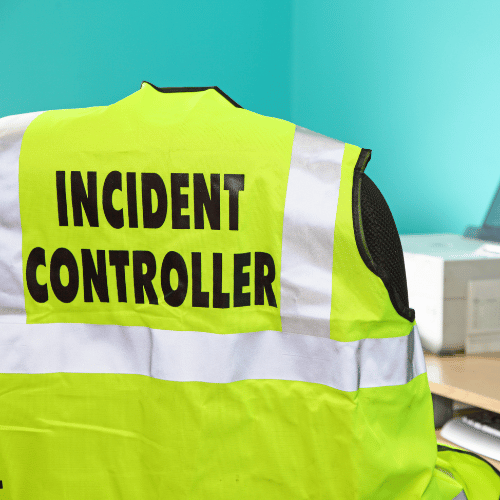Out of the 314 Registered ISACA CMMI Partners, Only 14 Hold Elite Status, and CUNIX is Proud to be One of Them
- Home
- About Us
- Services
- Publication
- Training
- Careers
- Contact Us

Continuity planning anticipates and proactively addresses potential disruptions to critical business operations, ensuring rapid recovery or uninterrupted functioning of essential activities in the face of severe interruptions or catastrophic events. By integrating continuity as a key component of risk and opportunity management, organizations can effectively mitigate the impact of major disruptions. This approach involves fortifying business systems, personnel, and resources to uphold minimum essential operations during unforeseen crises. Robust continuity planning specifies critical functions and resource requirements, establishes precise recovery timelines, and builds resilience to sustain operations when routine business processes are critically challenged or rendered inoperative.

Actively resolves and prevents disruptions to maintain high standards of service delivery, minimizing their impact to reliably achieve objectives and exceed customer commitments with enhanced efficiency.
Incident Resolution and Prevention involves the systematic identification and analysis of incidents and related data, taking precise corrective actions, and continuously monitoring incident status with timely escalation when necessary. This process encompasses detecting breaches in availability, reliability, and maintainability standards, as well as threshold exceedances, and investigating root causes, such as underlying issues that contributed to the incidents. It includes implementing immediate workarounds or solutions to sustain operational continuity, establishing preventive measures to mitigate future incidents, and transparently communicating incident status and resolutions to stakeholders. Confirming complete resolution with stakeholders and utilizing effective workaround solutions as models for future incidents are also key. As incidents represent actual or potential events with negative implications for service delivery, they should be addressed swiftly and effectively in alignment with customer agreements. Effective incident resolution may involve adapting or refining the service delivery approach to meet evolving needs.

Ensures consistent, high-quality service delivery and oversees the entire service management system, striving to increase customer satisfaction by consistently meeting or exceeding expectations. Service delivery management involves defining and fostering a strong relationship between the service provider and customers, including end users, typically formalized through a service agreement that outlines the scope, standards, and commitments of the services provided
A service agreement clearly defines the commitments of the service provider to the customer, specifying service level and availability targets, delineating the responsibilities of the service provider, customer, and end user according to their respective roles, and setting up structured communication channels and feedback mechanisms. This framework ensures seamless collaboration, accountability, and fosters continuous improvement to consistently meet and exceed customer expectations

Designs and implements standardized services that align with strategic business goals and future plans, enhancing the probability of achieving business objectives by tailoring these services to meet customer requirements effectively
Strategic service management involves evaluating the capabilities and requirements needed for services that cater to multiple customers and agreements. It includes creating and continuously refining standardized services, service levels, and descriptions to accurately represent these capabilities and needs. The goal of strategic service management processes is to enhance alignment between an organization’s portfolio of standard services and its overarching business goals. Developing these services requires active analysis of customer and competitor insights, careful assessment of market trends and emerging opportunities, and a comprehensive understanding of the service provider’s strengths, limitations, and overall capabilities.